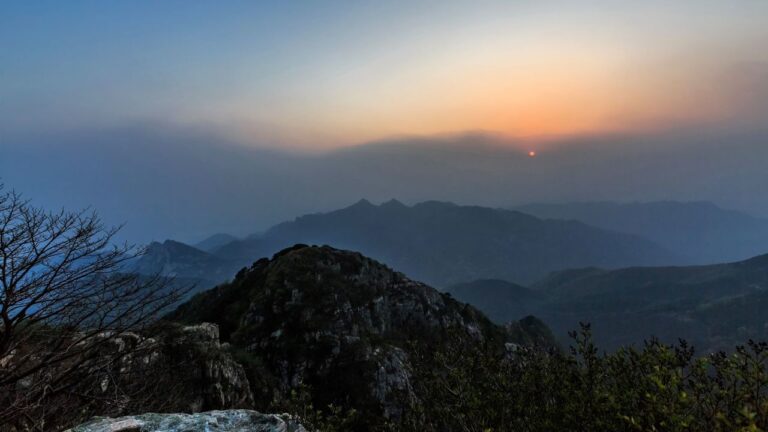Sunset scenery at Mount Tai in Tai’an, east China’s Shandong Province on May 23, 2018. Jia Guangrui/SIPA/Zuma
CNN — Microplastics are turning up in unusual places increasingly often as they filter into nearly every facet of life on Earth. They’ve been discovered in drinking water, food, air and even in blood. Now, scientists have found that these tiny particles might even be able to influence the weather.
Researchers reported Wednesday they detected microplastics in a majority of cloud samples taken from a mountaintop in China, in a study published in the American Chemical Society’s Environmental Science & Technology Letters.
The study traced how the microplastics ended up at their final location and discovered that they could play a role in cloud formation.
What are microplastics?
Microplastics are tiny pieces of plastic that are no larger than five millimeters, which is about the size of a single sesame seed. And they are everywhere, according to Judith Enck, president of Beyond Plastics, a group working to end plastic pollution.
“Microplastics are in the air we breathe, they’re in our drinking water, they’re in our bodies,” Enck told CNN.
Microplastics form when larger plastics break down, either by chemically degrading or physically wearing down into smaller pieces.
“If it’s plastic, you’re going to get microplastics sooner or later,” Enck said.
The smaller a microplastic is, the easier it can move through environmental cycles – like the water cycle – and ultimately end up in the human body, where its effects are worrisome but still unclear.
Most experts believe more research is needed to determine the full impact of microplastics on human health, but studies have shown that there are already some demonstrable adverse health impacts.
How could microplastics affect the weather?
The authors of Wednesday’s study found microplastics affect cloud formation, and clouds are of huge importance to the weather we experience.
Clouds produce precipitation in the form of rain, snow and everything in between. They also block sunlight, and less solar radiation means […]
Full article: www.cnn.com

